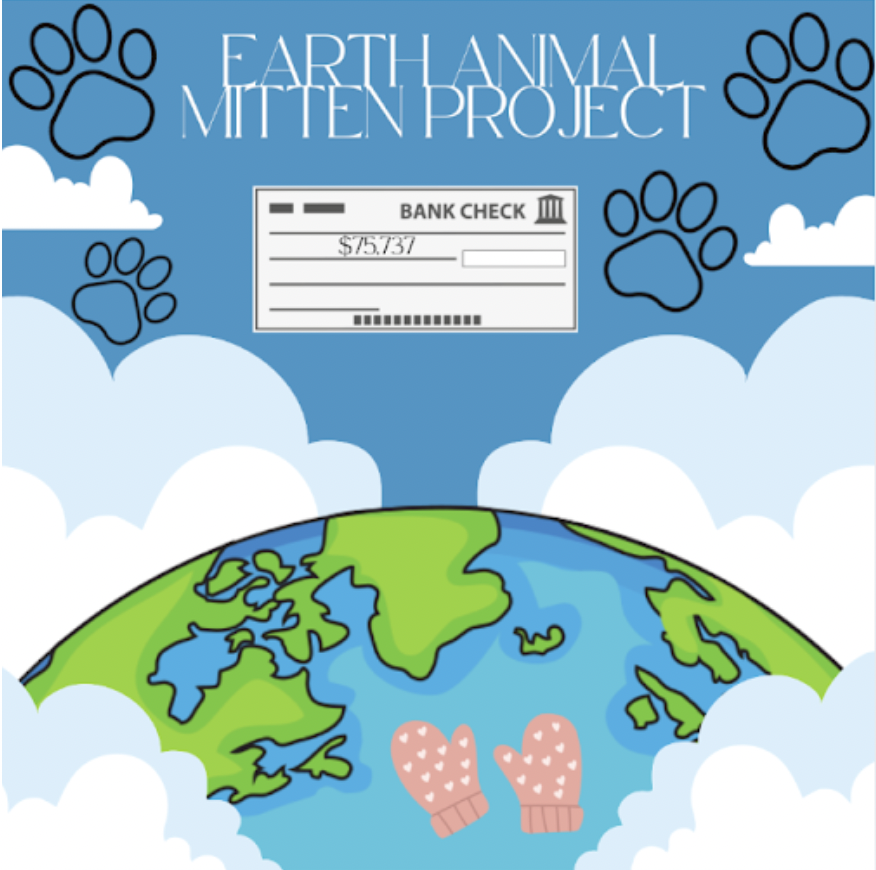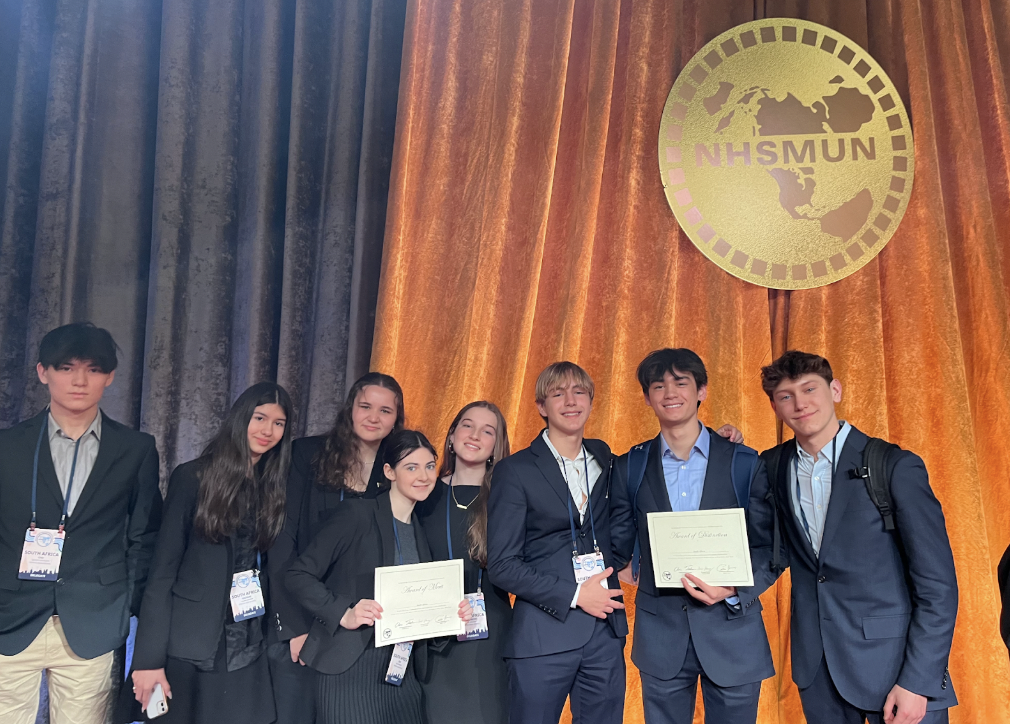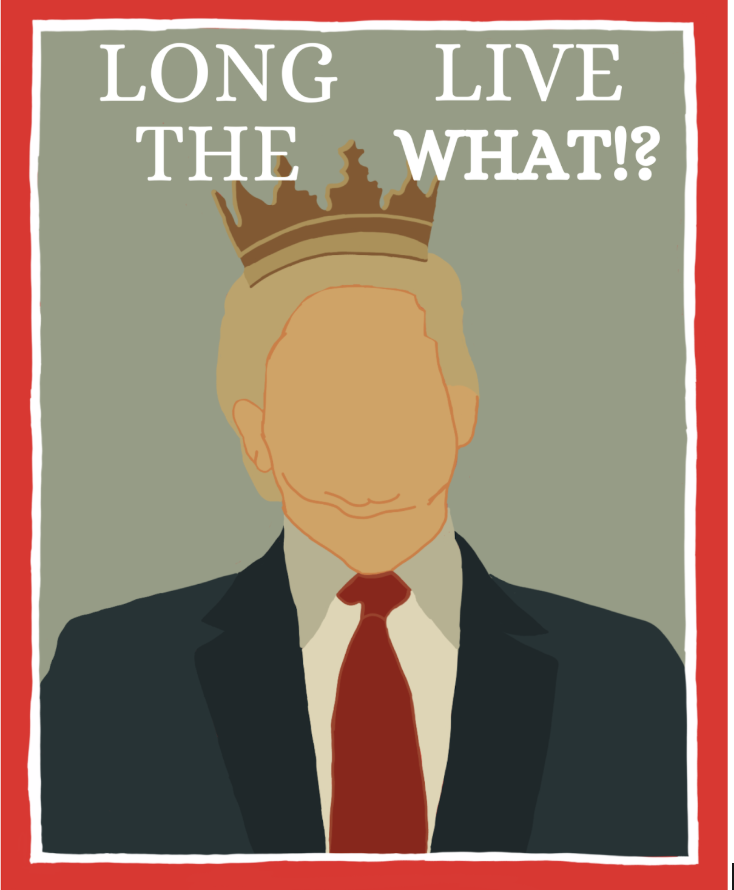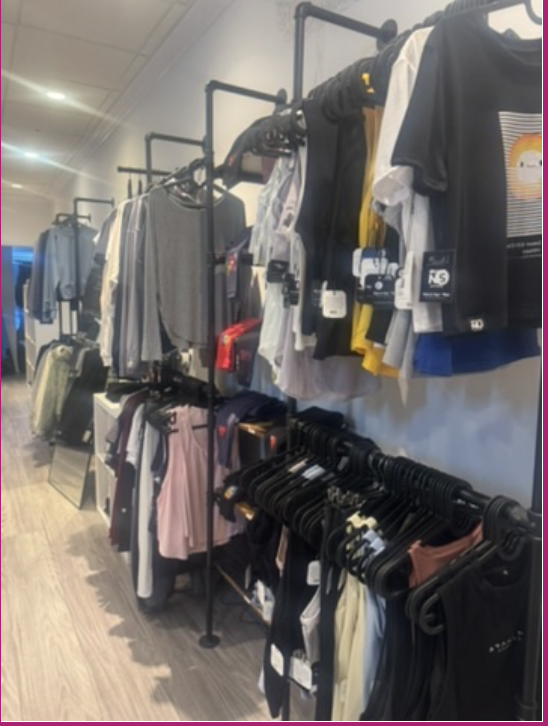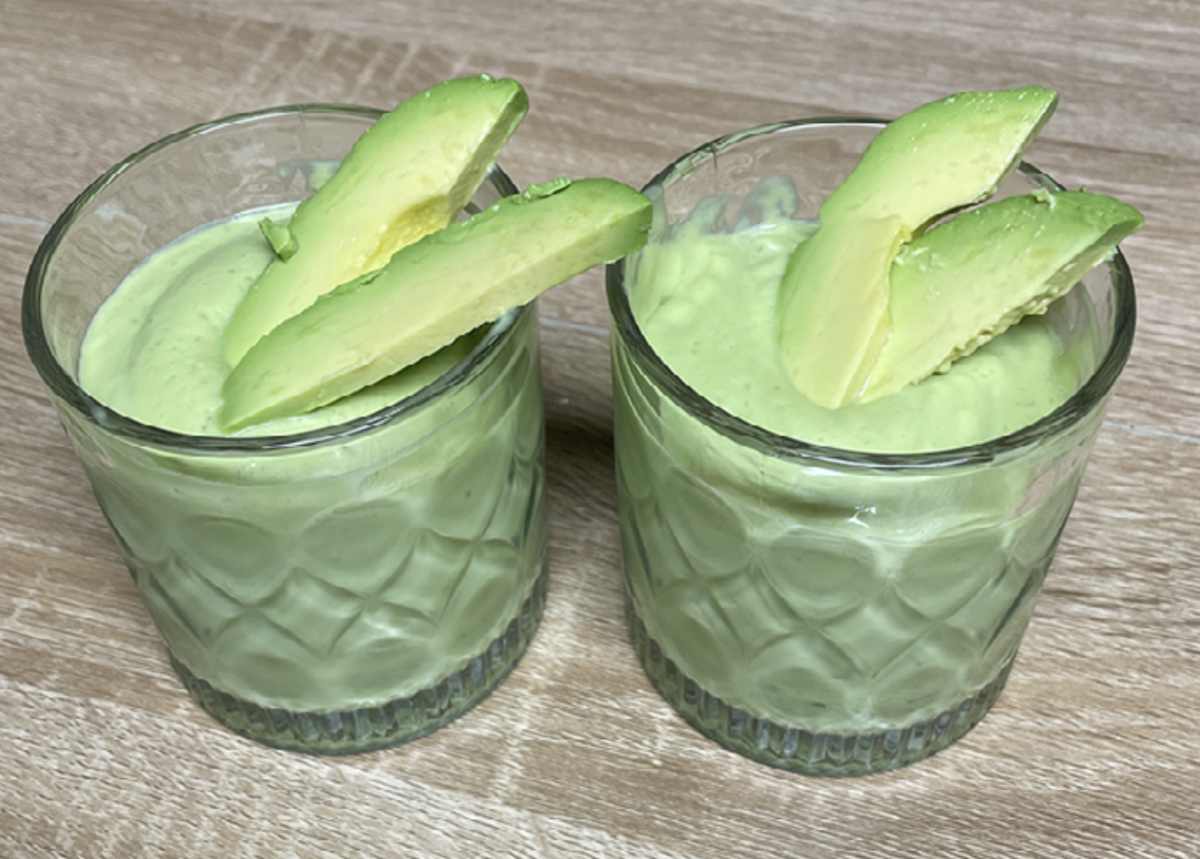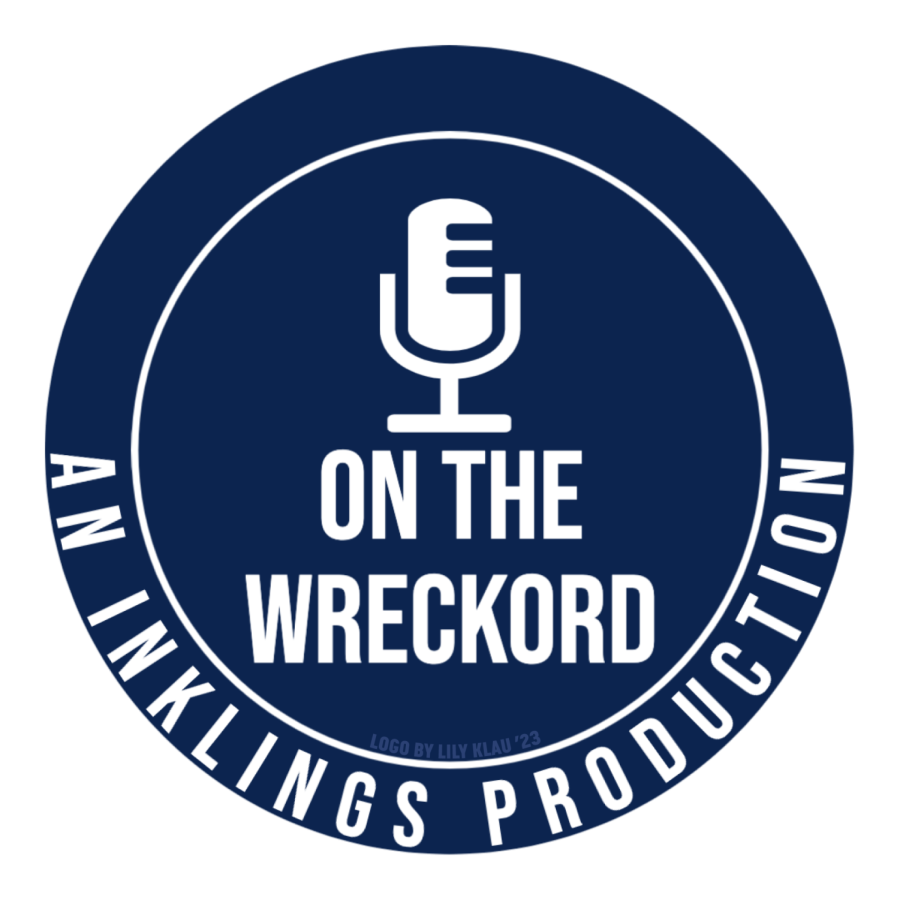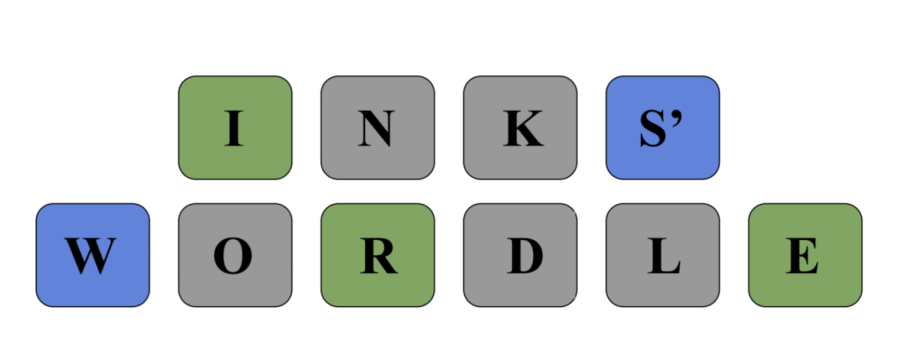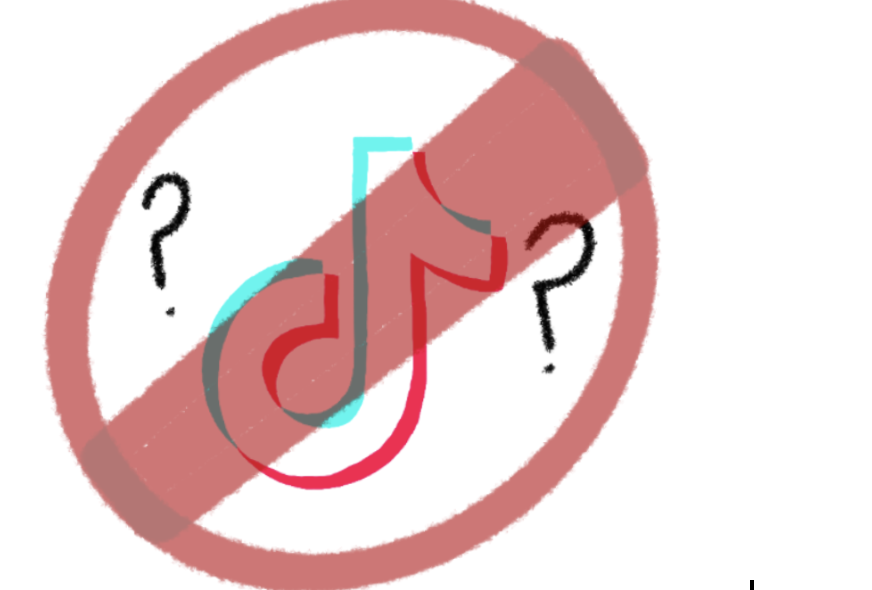For the past eight years, “TikTok” has shaped the perspectives of its users, particularly Gen Z, becoming both entertainment and a cultural conversation starter. While Millennials had “Vine” and “Musical.ly,” “TikTok” has been Gen Z’s primary source of conversation.
“TikTok” references are so ingrained in our generation that not knowing them can feel isolating, as if you’re missing out on a shared cultural language. The ability to bond through viral trends and jokes has made “TikTok” essential to many of my friends and classmates to fill in awkward silences.
While to some, cleansing from social media and taking a break from its standards and comparison may hold a positive impact, social media has become more than just pictures and videos on a screen. It creates a unifying bond with the user and their content intake. Balancing consumption and creation on platforms like “TikTok” can provide openness and hands- on, broader perspectives users might not actively seek out news websites.
“TikTok” faced a challenge in 2020 when President Trump threatened to ban the app, citing national security concerns. The primary issue was TikTok’s parent company, ByteDance, a Chinese-owned firm that some viewed as a potential vehicle for propaganda. The debate reignited in March 2023 when TikTok’s CEO, Shou Zi Chew, publicly announced in a court hearing that he is Singaporean and has no ties to the Chinese government, which many people have gotten the footage of through “TikTok” itself.
Despite this, the app may face a nationwide ban, anticipated on Jan. 19, 2025, unless ByteDance sells it to a non-Chinese company. This means that the app will no longer be available to the App Store and Play Store on apple and android devices, therefore you will not be able to download the app after the date of its ban. Existing users, however, will still be able to share and browse through content until further notice from President Trump.
The potential ban has led me to investigate the pros and cons of TikTok’s absence since I have viewed social media as both a weapon (when it was first introduced to me), and as a tool (as I started creating media of my own).
On one hand, the ban could lead to reduced screen time and more opportunities for creativity beyond consuming content. And for some, it might offer a chance to develop new routines by detaching from the app.
On the other hand, a ban would disrupt countless conversations and connections built around TikTok’s generational cultural significance. Content creators, whose livelihoods depend on the platform, could face significant challenges in transitioning to alternative platforms like Instagram Reels, Snapchat Spotlight, or YouTube Shorts.
Whether TikTok survives this scrutiny or not, its cultural impact is undeniable. For better or worse, it has shaped how Gen Z communicates, bonds, and navigates the digital world. Its uncertain future forces us to consider how we’ll adapt to a landscape without it—and whether the change could be a chance for reinvention. If we did it in the past with “Vine” and “Musically”, it is possible that another unifying platform may arise after the ban of TikTok.

